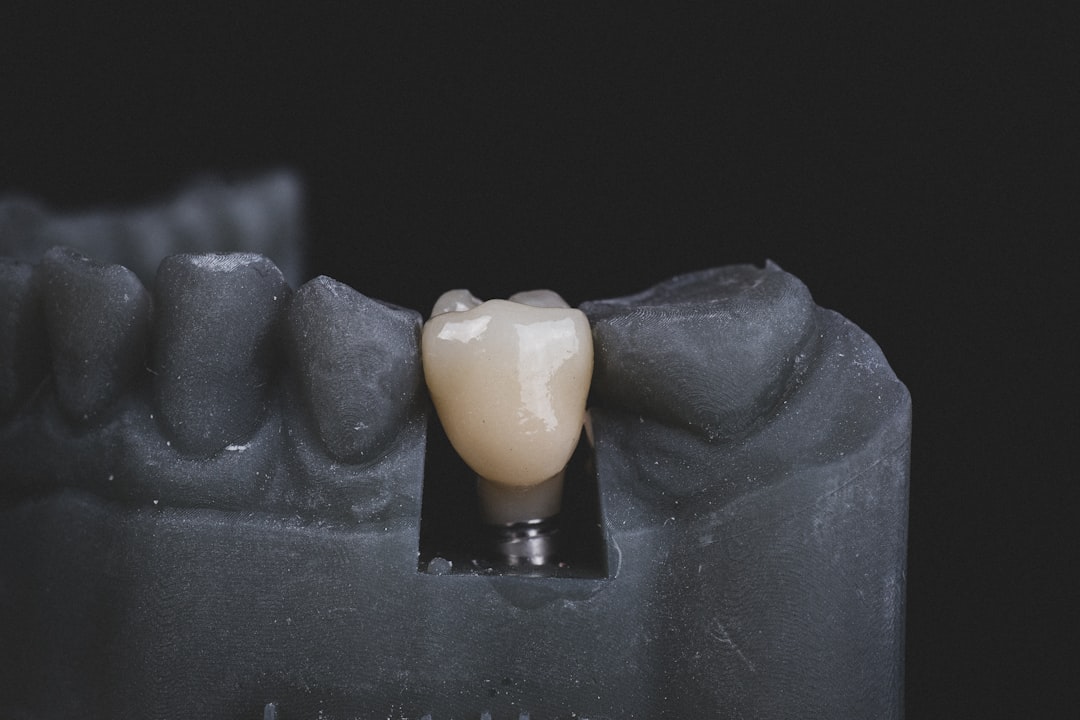What is it about?
When genetic structure is identified using mitochondrial DNA (mtDNA), but no structure is identified using biparentally-inherited nuclear DNA, the discordance is often attributed to differences in dispersal potential between the sexes. In this study, males and females were treated as different populations, and it was found that mtDNA data from females was highly structured, but no structure was found in the males. This is the first study to report sex-specific differences in genetic structure based on matrilineally-inherited mtDNA in a passively dispersing species that lacks social structure or sexual dimorphism. The observed pattern most likely stems from females being more vulnerable to selection in habitats from which they did not originate, which also manifests itself in a male-biased sex ratio.
Featured Image
Why is it important?
The results have three important implications for the interpretation of population genetic data. 1) Even when mtDNA is inherited exclusively in the female line, it also contains information about males. For that reason, using it to identify sex-specific differences in genetic structure by contrasting it with biparentally-inherited markers is problematic. 2) The fact that sex-specific differences were found in a passively dispersing species in which sex-biased dispersal is unlikely highlights the fact that significant genetic structure is not necessarily a function of low dispersal potential or physical barriers. 3) Even though mtDNA is typically used to study historical demographic processes, it also contains information about contemporary processes. Higher survival rates of males in non-native habitats can erase the genetic structure present in their mothers within a single generation.
Read the Original
This page is a summary of: Mitochondrial DNA paradox: sex-specific genetic structure in a marine mussel – despite maternal inheritance and passive dispersal, BMC Genetics, January 2012, Springer Science + Business Media,
DOI: 10.1186/1471-2156-13-45.
You can read the full text:
Contributors
The following have contributed to this page










